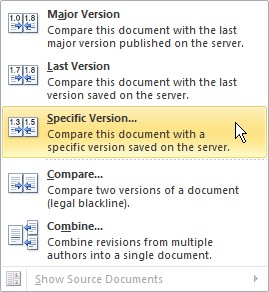Note: I will update this article with a link to the application once the customer has done their own announcements in accordance with their external communication policies and procedures.
In the Beginning there was BEA WebLogic Portal
In 2008, Oracle acquired BEA Systems. 19 days after the official merger, Oracle announced that premiere support for WebLogic Portal would end in 2014. The current policy document (latest can be found on http://www.oracle.com/us/support/lifetime-support/index.html) has moved this date out to 2018, though they have been sticking to the “no new feature release” policy since the 10.3.2 release in 2010. 10.3.2 was intended to be 11g, except it came out a year later than originally announced at Open World in 2008 and was released as a “dot” release of 10g despite the fact that it had several major enhancements and new features.
I had been hired by BEA in 2006 as a WebLogic Portal consultant due to my extensive experience with the product as a consultant for netNumina Solutions. In 2009, Oracle released WebCenter 11g and I attended the Masters Training two weeks prior to the GA date where I learned just how very different the two portal products are.
Which Way Do We Go?
I have been unable to find any officially published direction for WebLogic Portal customers who wish to migrate to WebCenter Portal, though I have had numerous conversations with engineers, architects, consultants and product managers about how to go about this. These discussions revealed three general approaches.
One approach is to simply re-build the portal in WebCenter. This is quite viable for very small portals and avoids the pitfall of other approaches, which is the need to maintain two architectures. It is not a very practical approach for medium to large portals as it is a great deal of effort and expense over a long period of time to just to provide the same functionality.
Both the second and third approaches are about transitions. On method is to create the new WebCenter portal and build all new features there and link over to the legacy WebLogic Portal for existing features. This is very quick and easy to deliver but difficult to maintain.
The third approach is staged migration. This approach creates the a new WebCenter portal that is the where users log in and interact, with the legacy functionality being exposed using WSRP. This solution allows for the immediate introduction of the WebCenter architecture and minimizes maintenance cost. By following a policy where any legacy portlet that requires modification be first moved over to WebCenter, Business and Technology stake holders can plan the complete retirement of the WebLogic Portal infrastructure as best suits the Enterprise as a whole.
Every Journey Starts with a Sprint
This month marks the deployment of the third solution to production for my current client. It is a medium-sized, high-complexity portal and it was brought from inception to production in six months using a mixed-Agile approach. It consists of 20 portlets produced by the legacy WebLogic Portal application and two legacy JSF portlets that were migrated in two days because they include file download functionality that made them easier to migrate than to dig through the documentation to fix as WSRP. The portal also includes managed content from WebCenter Content and a shared navigation structure with a legacy Struts 1.1 application.
The Enterprise Portal Architecture for the customer is to migrate all legacy functionality from WebLogic Portal to WebCenter Portal over the next year in staged releases that will also include the introduction of new features and functionality.




© Scott S. Nelson

